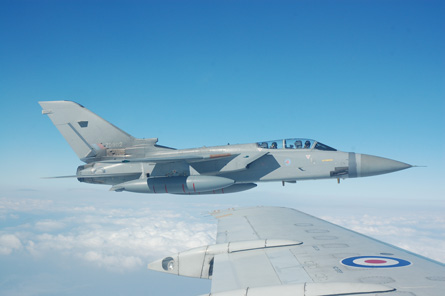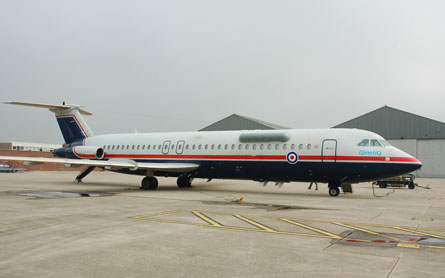One of the UK Ministry of Defence’s key future strike concepts has undergone a successful series of flight trials using two platforms intended to mimic the performance of an unmanned combat air vehicle working in combination with a new-generation single-seat fighter.
Conducted late last month from Qinetiq’s Boscombe Down site in Wiltshire, the flights involved a BAC One-Eleven platform acting as a surrogate UCAV and a Panavia Tornado F2 fighter equipped with a modified cockpit which enabled its pilot to manage operations of the airliner and a further three simulated UCAVs.

The Tornado pilot was able to instruct the autonomous UCAV swarm to enter an area of interest and perform a coordinated search and attack mission against simulated moving ground targets. Using agent-based software developed at Qinetiq’s Bedford site in Hertfordshire, the unmanned systems were able to self-organise and execute their mission, which included relaying simulated imagery of potential threats to the fighter via an HF datalink. An autonomy computer the size of a large shoe box supplied roll, pitch and speed control directly into the One-Eleven’s autopilot for the trial.

Royal Air Force test pilot Sqn Ldr Andy Blythe prioritised the targets before authorising the unmanned platforms to coordinate and perform successful bombing missions. “This is an intelligent capability with a human decision-maker, not a ‘terminator’ with a mind of its own,” says John Platts, Qinetiq’s technical leader for UAV autonomy. Blythe says managing the UCAV swarm from the Tornado was “no more difficult a demand than operating a sensor like a targeting pod. We have proved the system from the most difficult platform type.”
The autonomy trial will be used to support a decision on the manned/unmanned mix of the MoD’s future deep target attack fleet, a decision on which is expected from 2011. The work will also support the UK’s more than £120 million ($235 million) Taranis UCAV demonstrator project being led by BAE Systems, which will also use autonomous technologies developed by the company’s Australian business unit.
Source: FlightGlobal.com



















